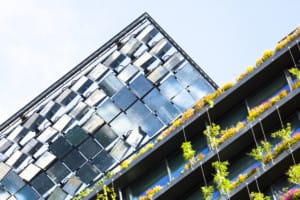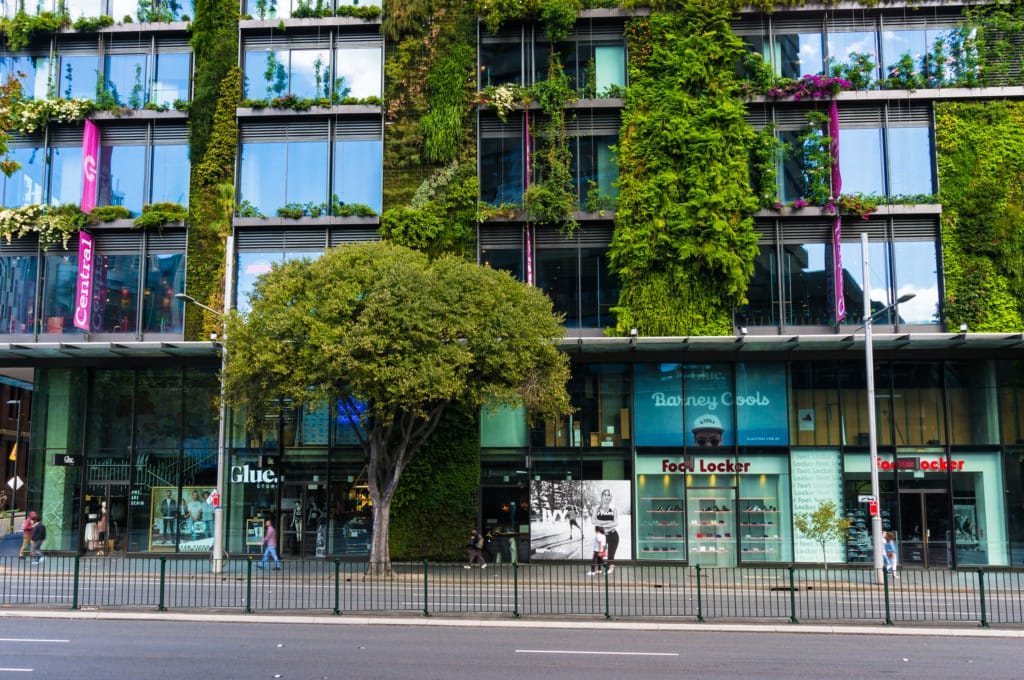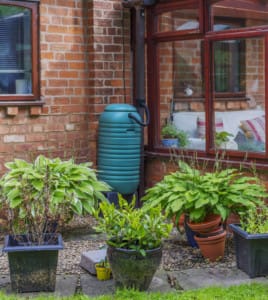Common Themes
Several common themes emerged from the Returns on Resilience case studies:
Code is not always adequate—be innovative: City planning and construction codes generally evolve over time and do not always offer appropriate protection for sites and buildings, especially when environmental conditions are changing. Installing wind- and impact-resistant windows for a whole building or a generator that will run the power and air conditioning—even though the code requires less—could be the factor that protects people and property and allows operations to continue after a hurricane.
Learn from your own and others’ experiences: Choice locations that may be vulnerable to climate risks, such as harbor, beachfront, or riverfront sites, still have great value, but they may require additional layers of planning, construction, maintenance, and expense to improve their resilience. Doing your homework—learning from experience and from others who have dealt with climate-related events—can help developers and property owners understand and assess the value of strategies to deal with risks.

Taking a long view changes your perspective and actions: Many of the case studies profiled are “long-holds” in which the desire of the developers and owners to maintain an investment over time has prompted a commitment to strategies that increase the probability that the asset will endure and increase in value. The likelihood of extreme weather is increasing, and these risks are nearly certain if you hold the property a long time. But a long hold period is not required for resilience strategies to generate value. While climate change unfolds over a long time and impacts such as sea-level rise may creep in, extreme weather events should be a near-term wake-up call. Investing in prevention measures that generate value quickly and avoid catastrophic losses is a smart bet, and those measures can add to an asset’s value regardless of the investment horizon.
Sustainability and resilience are good partners: Some of the design and construction choices that can qualify a project for Leadership in Energy and Environmental Design (LEED) certification or another green-building program aimed at energy and water reductions do double duty for resilience and even triple duty for the project’s bottom line. Multilayered impact-resistant windows can protect the building from the high winds and projectiles common during hurricanes and tropical storms while also saving energy and reducing electricity bills. Installing green roofs, recycling graywater, and using cisterns can help conserve precious water in dry climates, can enable projects to prepare for extreme or extended drought, and can also save on water costs for irrigating the landscape. Sustainability and resilience efforts, working in tandem, offer a high level of assurance that developers and owners are doing what they can to reduce their project’s negative effect on the natural environment, including reducing their contribution toward climate-changing greenhouse gas emissions.

Resilience makes a property more attractive: Projects built and maintained with resilience in mind benefit from advantages such as greater marketing, sales, and leasing success by offering assurance about the integrity of the project and its ability to continue to function through or recover quickly from severe weather. More resilient projects also can benefit from better financing options, more competitive insurance rates, greater long-term savings on maintenance, and higher overall value compared with more vulnerable properties.
Resilience Strategies
Strategies for select risks discussed in the Returns on Resilience case study collection include the following:
Hurricane and tropical storm: Installing impact-resistant glass can avoid exploding or imploding windows and doors during conditions of high winds and flying debris. A desalination unit and an underground water storage tank can provide potable water as well as water needed for cooling towers. Extra on-site and backup power capacity can help run the air conditioning that is essential to protect interior finishes from mold damage.

Storm surge, sea-level rise, and flooding: Locating the building’s power center on an upper floor or rooftop (above the storm-surge elevation or floodplain) and providing a backup generator with fuel reserves can enable building operations such as lighting and air conditioning to continue or to recover quickly after extreme weather. Landscape features such as berms can act as natural barriers, whereas wetlands, mangroves, and swales with native plants can buffer wave energy and absorb water on site.
Extreme heat and cold: Siting and shading a building to reduce heat gain is an important passive-energy solution to keep buildings cooler in hot climates. Super-insulated building envelopes and openings protect inhabitants from extreme heat or cold if building operations fail. Operable windows allow for ventilation in hot climates during power outages. Glass that deflects heat also keeps a building cool for additional resilience (and lower energy bills) in hot climates.
Drought and lack of water: Graywater recycling—capturing water from showers, washing machines, and bathroom and kitchen sinks—and rainwater cisterns used for irrigating the landscape help conserve precious treated water. Xeric landscapes with native trees and shrubs also conserve water compared with conventional lawns and gardens.
Value Creation
ULI selected these case studies because they demonstrate that resilience strategies can create value. In this relatively new field of resilience, developers and property owners may not have solid metrics and clear financial analysis on the cost-effectiveness of their efforts because their design and construction strategies may not have had extensive testing by the elements. The case studies include some compelling metrics but also demonstrate emerging best practices for addressing climate risks. Not surprising, what many of these projects show is that, where resilience efforts are planned in tandem with sustainability measures, the results are likely to lead to success in better financing, faster and higher lease rates, more competitive insurance premiums, lower utility costs, and greater returns on investment.
As this collection of case studies shows, making the choice to build resilience into land use planning, site development, and building design and construction also demonstrates leadership. The developers and property owners of these projects agree that strategies that prepare for and mitigate climate risks are wise choices that lead to successful projects—and should be done “for all the right reasons,” including demonstrating good stewardship of the land and a commitment to reducing our contribution to global warming. For multiple reasons, building for resilience is establishing a new standard for the real estate industry and one that can lead to higher value for investments.